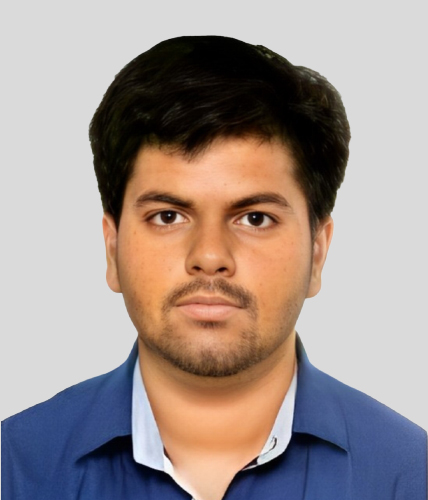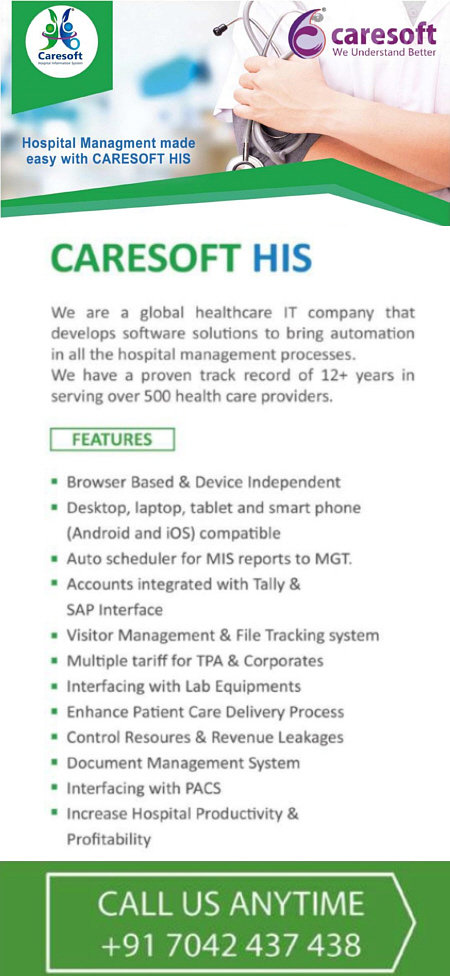From Science Fiction to Reality: India’s First 2,000 KM Telesurgery Changes Everything
As technology continues to advance, robotic telesurgery could soon become the norm, rather than the exception.

Imagine a patient needing critical heart surgery but unable to travel due to health or logistical constraints. Now, imagine that surgery happening remotely conducted by a team of doctors sitting thousands of kilometers away. Sounds like science fiction? Not anymore. In a great achievement, Indian surgeons successfully performed a complex heart surgery on a patient in Bengaluru while operating from Gurugram, a distance of over 2,000 km.
This feat, made possible by telesurgery and robotic precision, is not just a medical breakthrough it’s a game-changer for the future of healthcare. With this milestone, India has entered an era where top-tier medical expertise can reach patients in the most remote locations, eliminating the need for physical presence in the operating room.
The patient, a 35-year-old individual, had been diagnosed with Atrial Septal Defect (ASD), a congenital condition where a hole exists between the heart’s upper chambers. ASD can lead to complications like heart failure, arrhythmias, and pulmonary hypertension if left untreated. The surgical correction of such a condition requires precision, expertise, and cutting-edge technology elements that were seamlessly brought together in this pioneering telesurgery.
The operation was performed using SSI Mantra, India’s first indigenously developed robotic surgery system, designed by SS Innovations. This innovation represents India’s growing leadership in medical technology, proving that world-class healthcare solutions can be developed and deployed domestically.
Dr. Sudhir Srivastava, the Founder, Chairman, and CEO of SS Innovations, spearheaded the surgery from Gurugram, while Dr. Arul Furtado, Consultant Cardiovascular & Thoracic Surgeon at Aster CMI Hospital, Bengaluru, provided on-ground assistance. The collaborative effort between these two teams demonstrated how remote surgical expertise can be deployed with exceptional precision, minimal latency, and real-time coordination.
Robotic telesurgery is an advanced technique that enables a surgeon to perform an operation from a remote location using robotic arms. Here’s how it works:
Surgeon Console: The operating surgeon sits at a high-tech console equipped with 3D glasses, which provide a magnified and high-definition view of the surgical site.
Robotic Arms: The surgeon controls robotic arms with extreme precision, making incisions and sutures as needed.
Local Assistance: An on-site surgeon or surgical team assists in setting up the equipment and ensuring the procedure runs smoothly.
Seamless Connectivity: A high-speed network ensures that there is no perceptible delay between the surgeon’s movements and the robotic execution, allowing for real-time intervention.
This 2,000 km telesurgery is a historic moment for Indian healthcare, but it wasn’t achieved overnight. Previous telesurgeries conducted within shorter distances laid the foundation for this success:
• 40 km Telesurgery (Gurugram to Delhi): Proved the feasibility of remote surgical procedures.• 286 km Telesurgery (Gurugram to Jaipur): Demonstrated that distance did not compromise precision.• 2,000 km Telesurgery (Gurugram to Bengaluru): The longest telesurgery in India to date, proving that distance is no longer a limitation in providing life-saving medical interventions.
India has a vast and diverse population, but specialized medical expertise is often concentrated in metro cities and major hospitals. Patients from rural and remote areas frequently travel long distances for treatment, leading to delays, increased expenses, and sometimes even deterioration of their condition.
Telesurgery has the potential to revolutionize accessibility to quality healthcare in several ways:
• Eliminating Geographical Barriers: Patients no longer need to travel to major cities for critical surgeries.• Bridging the Gap in Medical Expertise: Skilled surgeons can extend their expertise beyond their physical location.• Reducing Surgical Delays: Faster intervention can improve patient outcomes.• Enhancing Surgical Precision: Robotic-assisted surgery minimizes human error and enhances procedural accuracy.
Dr. Sudhir Srivastava, reflecting on this milestone, emphasized how SSI Mantra is not just an innovation for India, but for the entire world. The success of this telesurgery highlights India’s potential to become a global leader in medical robotics.
Dr. Arul Furtado, who was present with the patient in Bengaluru, echoed this sentiment, saying that robotic telesurgery will redefine access to specialized care, ensuring that expertise is no longer limited by physical presence.
While telesurgery presents incredible possibilities, there are challenges that must be addressed to scale its implementation:
1. Infrastructure & Connectivity: Reliable high-speed internet is essential to ensure smooth execution without latency issues.2. Cost of Implementation: While robotic systems are advancing, affordability remains a factor in widespread adoption.3. Training & Skill Development: Surgeons need to be trained in robotic and remote surgical techniques to maximize efficiency.4. Regulatory Framework: Policies must be established to ensure patient safety, ethical considerations, and medico-legal guidelines.
However, the opportunities far outweigh the challenges. With continued investment in AI-driven surgical assistance, better connectivity, and wider adoption of robotic systems, India is poised to lead a new frontier in global healthcare innovation.
The successful 2,000 km telesurgery has redefined the possibilities in modern medicine. What was once a futuristic concept is now a tangible reality that can save countless lives, eliminate healthcare disparities, and position India at the forefront of robotic surgery innovation.
As technology continues to advance, robotic telesurgery could soon become the norm, rather than the exception. For doctors, this breakthrough serves as a testament to the power of innovation, collaboration, and the limitless potential of modern medicine. In the near future, no patient should have to travel for expert surgical care. The expertise will travel to them.
 Sunny Parayan
Sunny Parayan
#RoboticSurgery #MedicalBreakthrough #FutureOfHealthcare #SurgicalRevolution #RemoteSurgery #HeartSurgery #DigitalHealth #TechForGood #healthvoice
